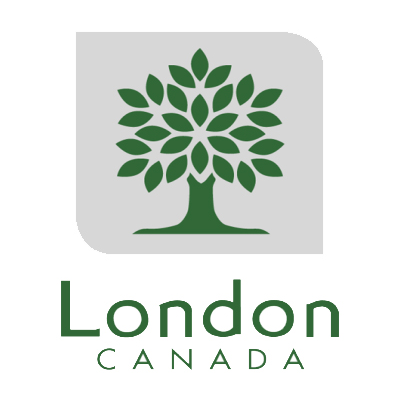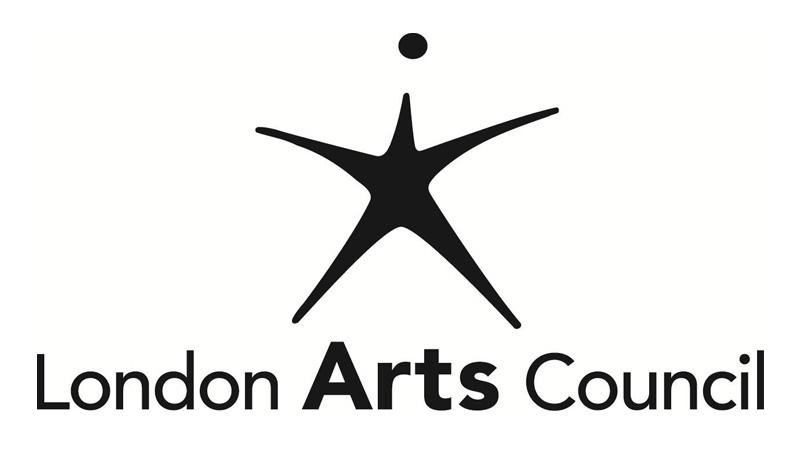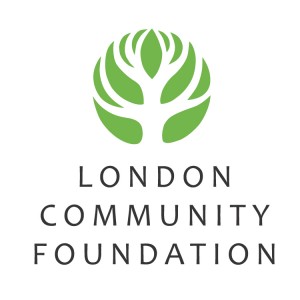What is racial segregation? It’s an important term to understand and is defined as the separation of people or groups of people, based on race in everyday life. In fact, Canada has a history full of examples of Black people being segregated, excluded from, or denied equal access to opportunities and services such as education, employment, housing, transportation, health care and commercial establishments. This segregation was historically enforced through laws, court decisions and social norms in Canada. Even after the enslavement of Black people in Canada was abolished (1834), the segregation of Black people was continued and justified (through ideas of racial inferiority) many years later differently across the country, depending on the province or local community. The different areas that were segregated and how the segregation was enforced will be discussed, starting with education; a very important aspect of people’s lives.
In the early 19th century, the governments of Ontario and Nova Scotia created legally segregated common schools, also known as public schools. In the early 1840s, when the school system was being formed, Ontario school trustees created separate schools for Black children in certain parts of southwestern Ontario, particularly where there were high concentrations of recently arrived freedom seekers.
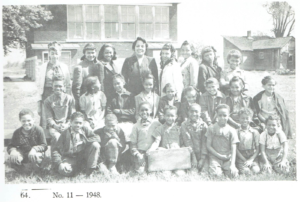 The way segregation took place in schools were different depending on the region. In some areas, separate school buildings were designated as “negro schools”. In other places like Hamilton or West Flamborough, students attended school in the same one-room schoolhouse but at separate times. If attending at the same time, they were relegated to different benches based on their race. An example of racially segregated schooling was in Colchester, Ontario, with the S.S. #11 school.
The way segregation took place in schools were different depending on the region. In some areas, separate school buildings were designated as “negro schools”. In other places like Hamilton or West Flamborough, students attended school in the same one-room schoolhouse but at separate times. If attending at the same time, they were relegated to different benches based on their race. An example of racially segregated schooling was in Colchester, Ontario, with the S.S. #11 school.
Racial segregation in education was reinforced and maintained by Ontario’s provincial court system. Once the precedent of racially segregated schools was established, the courts upheld the practice. When Black parents sued common school trustees, their children were refused admission into white schools anyways. In Nova Scotia there were amendments in the 1880s that did not allow Black children to be excluded from the schools where they lived. 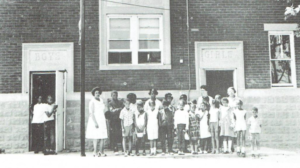
However, segregation in schools continued because of racial segregation of residential neighbourhoods especially in areas with many Black residents such as Halifax. Some extreme cases involve Black children not being allowed to access any local public schools in towns such as Fundy, when no separate school existed. The original provisions of racial segregation in education remained law in Nova Scotia until 1950. Racially segregated schools in Ontario were gradually closed, in large part as a response to the activism of Black Parents. The last racially segregated school in Ontario: School Section No.11, closed in 1965 in Colchester, after newly elected MPP Leonard Braithwaite put forth a motion for the Separate Schools clause on segregated schools for Blacks to be officially removed from the provincial education policy. The last racially segregated school in Nova Scotia closed in 1983 in Guysborough County.
Ontario and Nova Scotia were the only provinces to legislate racially segregated schools. However, in other provinces including Alberta, Saskatchewan, New Brunswick and Prince Edward Island, it was acceptable practice for white residents to deny Black families access to local public schools. Intimidation was used to discourage Black parents from sending their children to local public schools, or to force Black families to establish their own schools.
Post-Secondary Education
Racial segregation and exclusion were not limited to elementary and secondary schooling. They were also found and enforced in many post-secondary school institutions. McGill University, Queen’s University, and the University of Toronto admitted Black male students prior to the American Civil War, but that changed along with attitudes during the 1900s.
Queen’s University (Kingston) banned Black students from admission into the medical program in 1918. Their “justification” was that racially intolerant local white residents would not want to have any physical contact with Black doctors. There was another influence pressuring the University as well: the American Medical Association (founded in 1846) that did not welcome Black Physicians until the late 1960s and wanted them expelled from American and Canadian schools. This anti-Black restriction was practiced at Queen’s until 1965 and stayed as on book policy until 2018, while not being enforced.
 In 1916, as part of the restriction imposed on Black medical students, the Montreal Maternity Hospital (at McGill University), was successful in barring Black male students from admission. McGill University went on to adopt racial restrictions in admissions of Black students. In the 1920s-1930s, and again from 1945 until the early 1960s. Black medical students in Montreal were also barred from doing their internships at hospitals in Montreal between 1930 and 1947, McGill had to arrange for their Black medical students to fulfill their residency requirements at Howard University in Washington, D. C.
In 1916, as part of the restriction imposed on Black medical students, the Montreal Maternity Hospital (at McGill University), was successful in barring Black male students from admission. McGill University went on to adopt racial restrictions in admissions of Black students. In the 1920s-1930s, and again from 1945 until the early 1960s. Black medical students in Montreal were also barred from doing their internships at hospitals in Montreal between 1930 and 1947, McGill had to arrange for their Black medical students to fulfill their residency requirements at Howard University in Washington, D. C.
The University of Toronto denied admission to Black applicants in the 1920s. In a letter of correspondence regarding the 1923 application of Lean Elizabeth Griffin, an African American woman, Assistant Dean and Secretary of the Faculty of Medicine Edward Stanley Ryerson informed Registrar James Brebner, “When she [Lean Elizabeth Griffin], wrote for an application we did not realize she was colored. Colored students are a problem when they get to the hospital and we would be glad if you could avoid accepting her application.”
For a long time until the 1940s, Black women were also denied admission to nursing schools. The explanation for this discriminatory practice was that white patients did not want to be touched by Black nurses. In some places such as Montreal, Black women who were able to train nurses were restricted to treating Black patients.
Sources:
- Canadian Encyclopedia: https://www.thecanadianencyclopedia.ca/en/article/racial-segregation-of-black-people-in-canada
- Canada’s Last Racially Segregated School: https://www.tvo.org/article/the-story-of-ontarios-last-segregated-black-school?fbclid=IwAR1vNX9D9hjgB7VFqtOiP-GIXTe0mPxYhFl-l1zBGoJqg592E5-o1azjTjo







